Have you figured out your marketing strategy for 2021 yet? It’s fast approaching and you don’t want to be caught flat-footed.
Here’s a great idea for you: Embrace collaborative marketing. When you’re working with a variety of people with different experiences, they can all bring something new and exciting to the table. Why not leverage their perspectives in your marketing?
Table of Contents
What is Collaborative Marketing and Why Does it Matter?
As the name suggests, collaborative marketing is a marketing strategy that includes any (often several) forms of collaboration.
Collaborative marketing has been a quickly rising trend for several years now. How can you work with your colleagues to produce marketing initiatives that will benefit your culture, your customers, and your audience?
These days, when lots of teams have been moved to work from home, collaboration has become an even more important topic (maybe because we are forced to be more collaborative).
As we feel increasingly isolated from the rest of the world, let alone from the companies we work for, creating an effective collaboration routine can determine the likelihood of a brand’s survival.
1. Include Your Whole Company into Your Marketing
Despite popular belief, collaborative marketing doesn’t have to include external collaboration (working with outside influencers, other companies, or nonprofits).
A collaborative marketing strategy can be one that includes many in-company teams or departments.
In fact, the latter is one of my favorite types of collaborative marketing, and often it’s a missed opportunity. In most companies I’ve worked with, the marketing team is usually isolated from the rest of the organization. No one knows (or cares) what they are doing.
This organizational silo is more common than we think, even when it comes to startups where it’s often a one-person operation.
And yet, your marketing department would very much benefit from working in unison with other departments:
- The customer support team would help you create more detailed marketing personas, collect online reviews and feedback for marketing copy, and suggest content ideas based on common questions.
- The product team could highlight some of the hidden features that give your product a strong competitive edge.
- The sales team would be able to point you to some of the most effective value propositions that help them close more sales. These should be the foundation of your brand’s marketing efforts.
I could go on but here’s the main point: Anyone inside your company can have bright ideas and suggestions that contribute to your marketing efforts.
Digital marketing is a highly creative process. If you are involved in it every workday, it is easy to face burnout on a regular basis. That’s exactly why fostering idea-sharing always works best as part of a successful marketing strategy.
How do you begin to implement collaborative marketing? What do you need to put in place? There are multiple tools that can help you foster cross-team collaboration. However mostly, it is about encouraging cross-team idea sharing on a regular basis.
2. Adopt a Culture of Transparency
Coined by Rand Fishkin, the TAGFEE acronym refers to:
- Transparent
- Authentic
- Generous
- Fun
- Empathetic
- Exceptional
While all of these words are self-evident, it’s the transparency I’d like to focus on.
Transparency is often cited as the main driving force behind a business’s growth.
Transparent businesses publicly share information about their success and struggles.
Transparency refers to both external and internal data sharing ( i.e. a transparent business keeps its employees updated on the current business KPIs and future roadmap.)
Being a transparent business comes with many benefits, but mainly:
- Transparency builds trust
- Transparency fosters open dialogue
Consequently, transparency is always the biggest force behind cross-team collaboration, because trust and open dialogue remove common barriers like fear and formality.
When every employee knows exactly what is going on with the company, they feel an integral part of the process. This is the foundation of great teamwork.
When a customer knows the company’s full story, they will likely stay with you forever.
Building a transparent business is not a marketing decision. It’s something that needs to be your genuine decision.
That is not to say that there are no tools to help.
Creating a data-sharing dashboard in Cyfe to share with your employees is a solid step to becoming a more transparent company. With a real-time dashboard, employees can check to see the business health of the org and better understand how their contributions help.
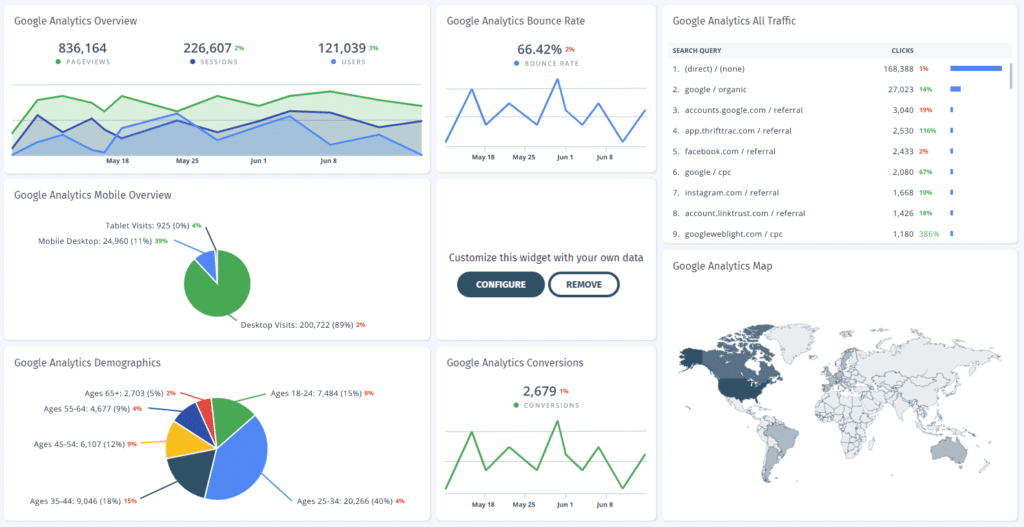
3. Foster Cross-Team Independent Learning
I am a huge advocate of independent learning. As someone who holds a degree in linguistics while making her living in digital marketing, I am living proof that degrees don’t matter as much as your own drive to self-educate.
Fostering self-education has a lot of benefits, including:
- Let your team drive your brand’s innovation: When they learn new things, they will be eager to implement them.
- Identify in-house talent: Those people who can effectively self-educate will likely become the most motivated managers.
- Keep more marketing tasks in-house: As your teams learn new things, you will no longer need to outsource parts of your marketing strategy (like graphic design or link building).
Yes, it also comes with a few disadvantages, like possibly losing the most ambitious employees who may feel they have overgrown their roles as they learn more tactics. Another possible risk of in-company education is that there will always be employees who stop working and pretend to be learning all day long.
Yes, these things will happen but the pros far outweigh the cons, so self-education is an integral part of an effective marketing team.
Here are two important steps to fostering self-education:
- Create an internal knowledge base to help your employees by creating a well-structured list of courses to take and resources to read. It is pretty doable with these plugins.
- Empower your team with tools they can actively play with to better understand the process.
As to the latter, my educational toolkit always consists of:
1. Ahrefs
Ahrefs offers great usability, it is perfect for people who want to figure something out on their own. It’s easy to set up mini-tasks for your employees to see digital marketing in action:
- “Identify our competitors’ most successful tactics to get backlinks”
- “Find which keywords are driving search traffic to our competitors”
- “Identify content gaps for our website”, etc.
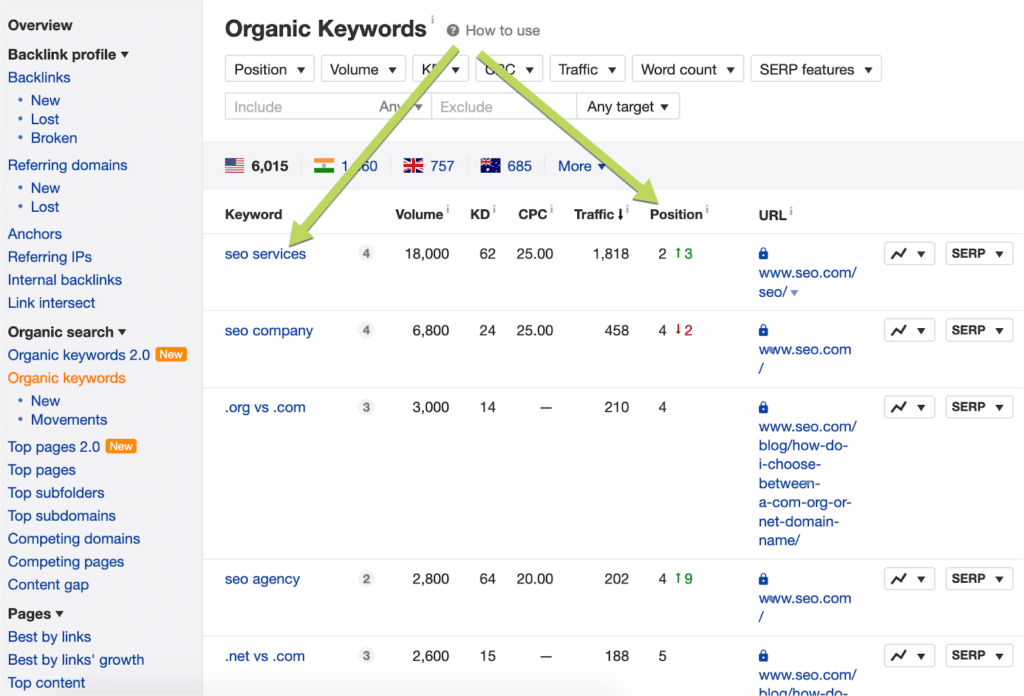
2. Text Optimizer
Text Optimizer is a writing tool that offers a semantic analysis of any topic and helps you include more related concepts into your content. It grades any copy you create forcing you to do a better job. This makes it a perfect self-education tool:
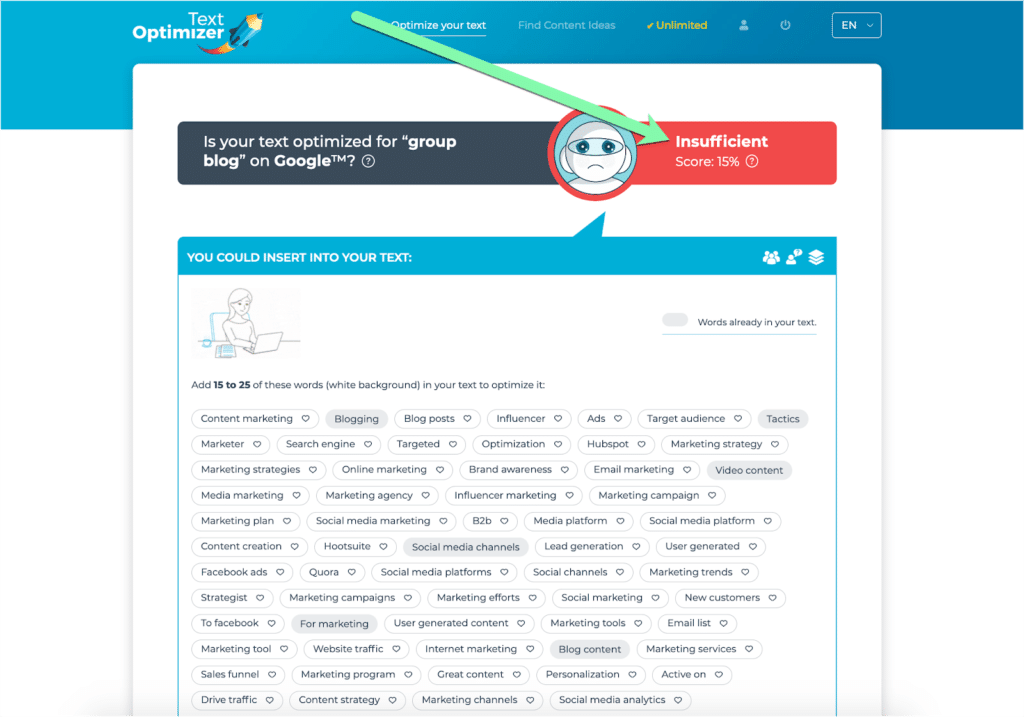
3. Finteza
Finteza is a web analytics platform that is extremely easy to figure out. The tool lets you create funnels to better monitor your site users’ browsing and buying journeys. It’s a great way to self-learn analytics skills as well as identify SEO metrics that really matter:
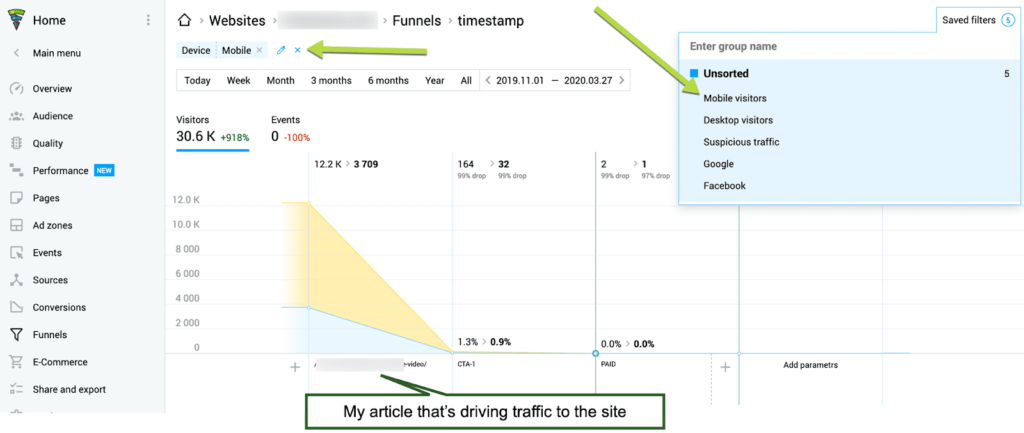
4. InVideo
InVideo is another content creation tool on this list but it focuses on video content. InVideo helps to quickly create videos removing the need to outsource this daunting task. It comes in handy for giving your employees self-guided tasks to create engaging content for your social media channels.

There are also quite a few visual marketing tools we use for collaboration as well.
5. WordPress
While you may be surprised to see this one on the list of self-learning tools, WordPress can be a great way to learn digital marketing. Let your team create mini-sites and compete in marketing them. WordPress is perfect for that because it is extremely easy to set up while providing much flexibility, and hence a lot of self-learning opportunities.
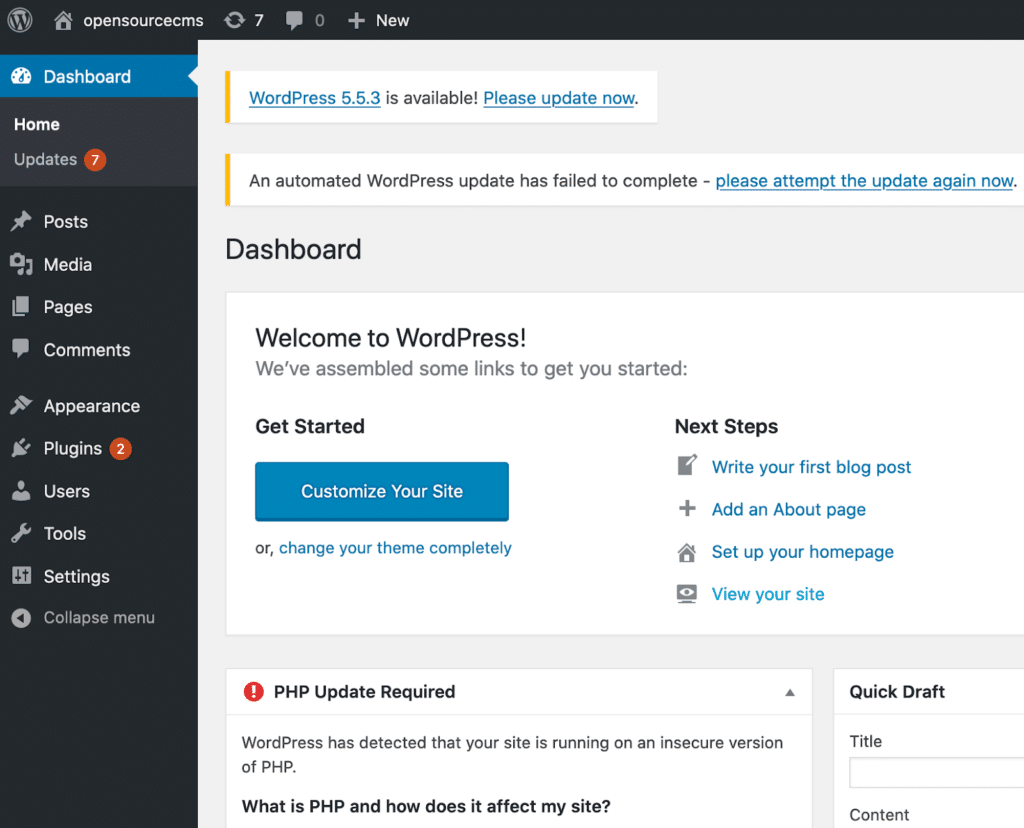
Conclusion
Collaborative marketing will take lots of time. It comes with its own risks and challenges which you can read about in more detail here. But in the end, it will feel right and will help you and your team get more united in growing your company.
Innovation is more important than ever these days, and adopting collaboration is the fundamental step to innovation.
Good luck!



